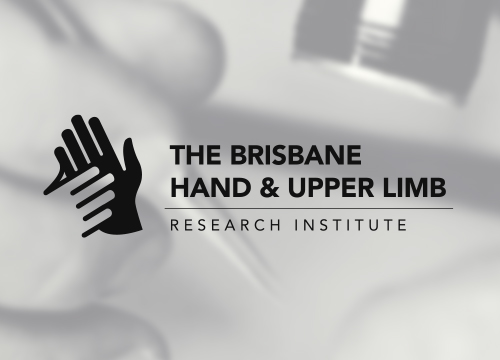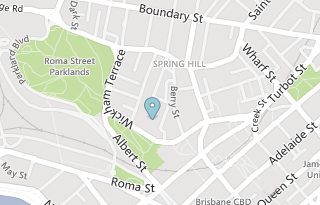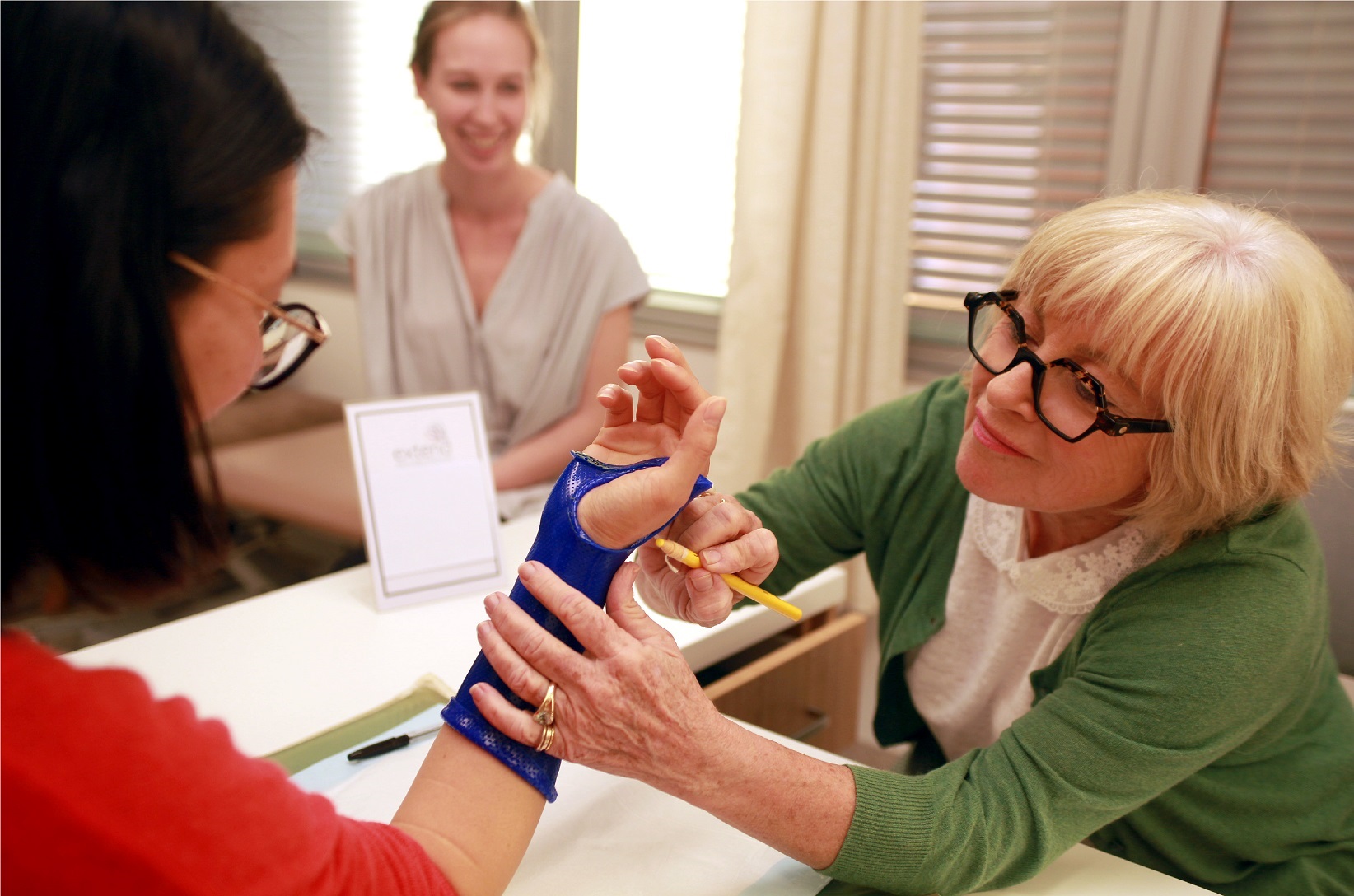Mark Ross, Sarah Graham, Phillip Duke, David Gilpin, Phil Melksham
Surgery to the shoulder may be performed with patients seated upright in a position known as the “beach chair position.” This position has certain advantages compared to alternative surgical positions (e.g. side lying) in some situations. However, it has been found that surgery in the beach chair position can temporarily decrease the amount of oxygen in the brain as a result of the combined effects of gravity and anaesthesia. This can result in complications following surgery such as some memory loss and confusion. Rarely, more serious complications have been reported in the past including death and stroke.
Due to these reported complications the use of “cerebral oximetry” during shoulder surgery in the beach chair position has become more common. Before and during surgery, a monitor placed on the patients forehead measures the amount of oxygen present in the brain to help control this to an acceptable level. A number of monitors are now commercially available. Two monitors are commonly discussed in the literature; the INVOS™ 5100 and the FORE-SIGHT® machines. However, the actual relationship between the supply of oxygen to the brain during surgery and the chance of later developing problems with memory and thinking (known as post operative cognitive decline) is not clear. It is also not known if one monitor is more accurate than another at predicting these complications.
Therefore, the main aim of this study is to examine the relationship between cerebral oxygen levels during shoulder surgery and the incidence of post operative cognitive decline (i.e. problems with memory and thinking). Secondary aims are to compare the INVOS™ 5100 and FORE-SIGHT® monitors’ ability to measure cerebral oxygen and CDE andas well as to study the association between cerebral desaturation events and other key clinical variables (e.g. blood pressure, nausea, body fat etc).




